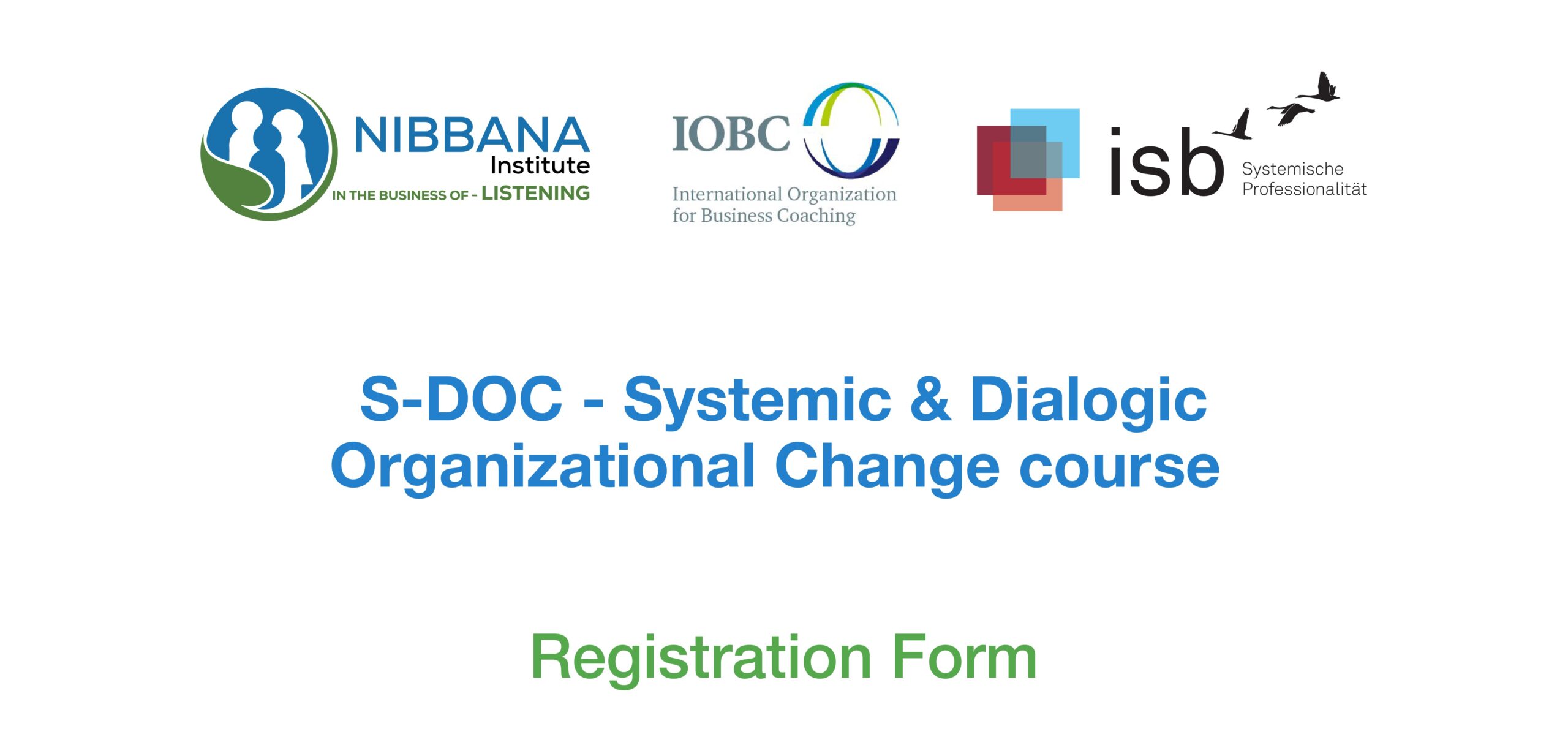Culture and its reflection on the balance sheet
“Culture is not seen in the balance sheets, but it has great influence in the organizational balance sheet”.
– A Geethan
Every organization has its own distinct corporate culture. Culture is made up of the different ways that people communicate with each other, the ways that people lead, the physical environment of workspaces, the ways that organization evaluates its performance, and the methods through which organizational knowledge is managed and shared. Hence, culture of any organization is shaped by all its members, and the products they produce or manage. And in between the products, people and organization are the invisible threads that bind the organization. These invisible threads contain the organization’s attitudes, traditions, personal willingness to cooperate, written and unwritten rules about how to deal with one another, how to cooperate with each other, who can be given which job, who can be a distributor etc. In short, the invisible threads hold the key to the corporate culture in the organization.
The invisible threads play an instrumental role in shaping the outcome of decisions and the fruition of the organization’s goals. The threads determine and reflect the creativity and flexibility of the organisation when responding to stress in times of crisis.
It is therefore important to understand these invisible strands of binding culture that influence the path of an organization towards its future. No intervention, change or training can produce results if it is not aligned with the organizational culture.
Here is where Nibbana comes in. We weave the learning culture into the existing culture of the organization.
Along with the existing invisible strands, that make up the corporate culture we help weave in a learning culture. A learning culture consists of organizational values, systems and practices that support and encourage both individuals and the organization, in increasing knowledge, competence and performance levels on an ongoing basis. We have developed many innovative tools which will bring to the surface how responsibility can be owned rather than shifted, how discomforts in the organization can be addressed rather than be pushed under the carpet, how time can be used productively, how to resolve inter departmental and intra departmental co-ordination issues and many more such invisible issues.
Also as the employees in the vertical and horizontal positions are part of the learning space, the following processes take place effortlessly.
- Measuring of performance
- Leadership coaching
- Organizational Coaching
- Mentoring
- Peer learning
- Supervision
All the above will happen as a dialogical process as on an ongoing process and are a by product of building learning culture. This eliminates separate training intervention.
Since the learning is a part of work and is dialogic, every individual and the resulting group energy create a compelling change. The employees show involvement and motivation as they directly benefit by stressing themselves less at work and producing more in such a supportive culture.





